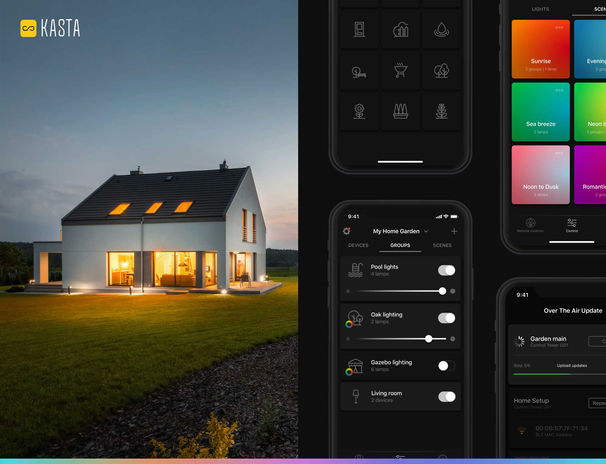Qantas
#InnovatingQantasUI
Overview
In a transformative project for Qantas, I spearheaded the redesign of the flight booking app's homepage, focusing on a seamless and intuitive user experience. My role was pivotal in employing a strategic approach to UI design, leveraging my expertise in iOS Human Interface Guidelines and Google Material Design. This initiative significantly enhanced the team's productivity and accelerated the speed of project delivery, ultimately streamlining the app development process and reducing delivery times by an impressive 30%.

-
Revolutionizing Workflow and Utilization of Tools: The initial reliance on outdated workflows and the underutilization of Figma's DevMode and componentization features hindered efficiency and collaboration, missing opportunities to streamline design processes.
-
Implementing a Component-Based Design Philosophy: The lack of a component-based approach led to inconsistencies across the app and increased the effort required for updates, affecting development speed and product quality.
-
Ensuring Cross-Platform Consistency: The challenge was to effectively integrate iOS and Google Material Design principles to ensure a seamless user experience across all platforms while establishing a new design process efficiency benchmark at Qantas.
Challenges
#InnovatingQantasUI
Solution
Strategic Componentization with Figma: A Comprehensive Approach
My methodology for componentizing within Figma was meticulous and strategic, beginning with an in-depth analysis of all existing patterns to ensure a solid foundation for the design system. This process was complemented by detailed documentation that outlined the functionality and application of each component, making it easier for designers to understand the available options and for developers to grasp how each component operates.
I adopted a smart approach to defining component properties, focusing on maximizing reusability and flexibility while eliminating unnecessary options. This careful consideration in the setup of component properties was aimed at simplifying the design process, making it more intuitive for designers to select the right components for their needs. At the same time, it streamlined the development process by providing clear, straightforward guidelines on component implementation, thereby enhancing efficiency and collaboration between designers and developers.
This approach not only facilitated a smoother design-to-development workflow but also ensured that the final product was both scalable and adaptable, meeting the evolving needs of the project while maintaining a high standard of design consistency and quality.
Conclusion
In conclusion, this project serves as a compelling demonstration of the impact of strategic design thinking and development. It highlights how deliberate componentization and documentation, combined with the effective use of collaboration tools like Figma Dev Mode and Confluence, can drive substantial enhancements in project delivery times, elevate design quality, and boost overall team productivity.









